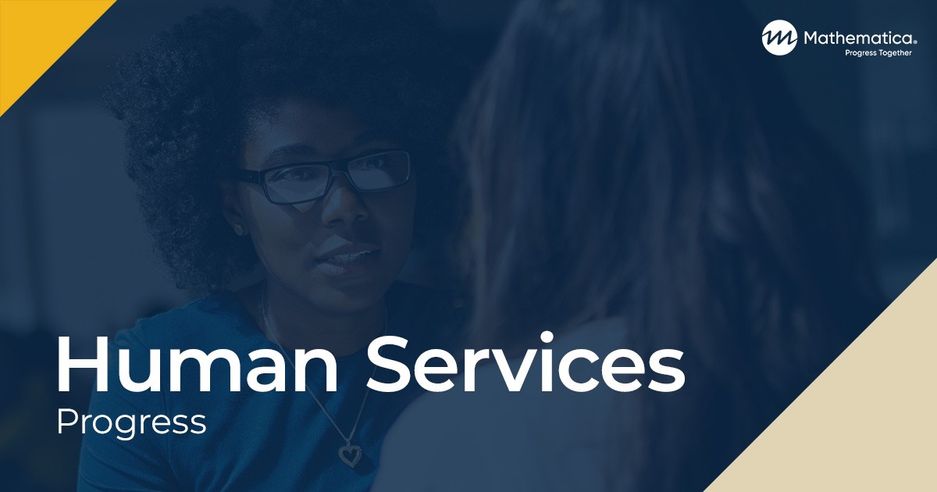Primary Employment and Training Strategies Used in the Interventions Reviewed by ESER
Download
Associated Project
Employment Strategies for Low-Income Adults Evidence Review (ESER)
Prepared for:
U.S. Department of Health and Human Services, Administration for Children and Families, Office of Planning, Research, and Evaluation
Clients

Key Findings
Primary service strategies include:
- Education, training, work-readiness activities, subsidized employment/transitional jobs, employment retention services, case management, financial incentives or sanctions, supportive services, and health services
Most employment and training interventions for low-income adults consist of a variety of services, strategies or approaches intended to improve employment and earnings. Many also include strategies to address other needs of the target population, such as housing. To enable quicker comparison across interventions, the Employment Strategies for Low-Income Adults Evidence Review identified a primary strategy for each multi-strategy intervention the review examined. This guide describes the process for identifying a primary strategy, and lists a primary strategy for each intervention.
How do you apply evidence?
Take our quick four-question survey to help us curate evidence and insights that serve you.
Take our survey
